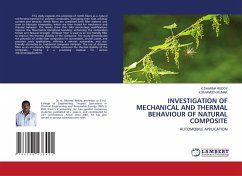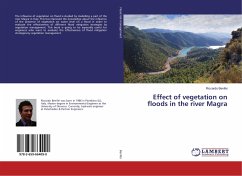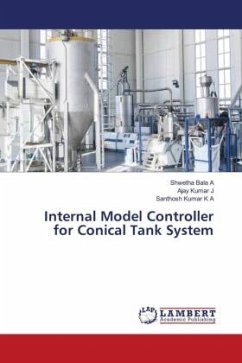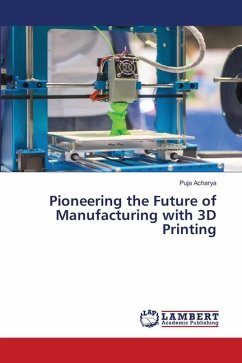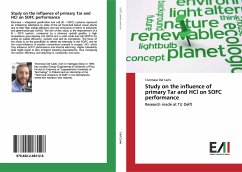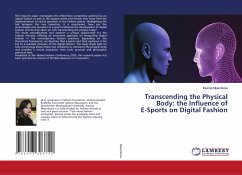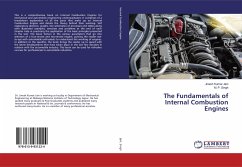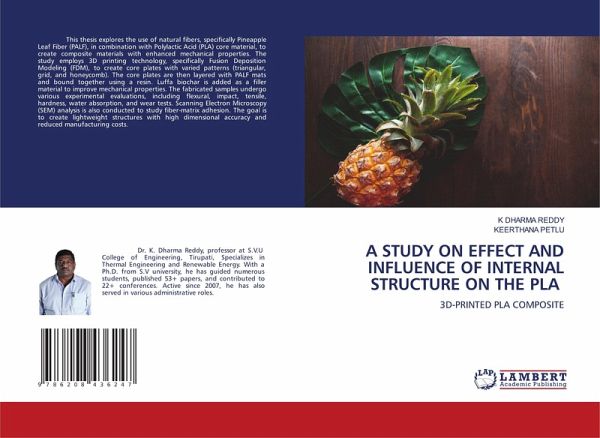
A STUDY ON EFFECT AND INFLUENCE OF INTERNAL STRUCTURE ON THE PLA
3D-PRINTED PLA COMPOSITE
Versandkostenfrei!
Versandfertig in 6-10 Tagen
29,99 €
inkl. MwSt.

PAYBACK Punkte
15 °P sammeln!
This thesis explores the use of natural fibers, specifically Pineapple Leaf Fiber (PALF), in combination with Polylactic Acid (PLA) core material, to create composite materials with enhanced mechanical properties. The study employs 3D printing technology, specifically Fusion Deposition Modeling (FDM), to create core plates with varied patterns (triangular, grid, and honeycomb). The core plates are then layered with PALF mats and bound together using a resin. Luffa biochar is added as a filler material to improve mechanical properties. The fabricated samples undergo various experimental evaluat...
This thesis explores the use of natural fibers, specifically Pineapple Leaf Fiber (PALF), in combination with Polylactic Acid (PLA) core material, to create composite materials with enhanced mechanical properties. The study employs 3D printing technology, specifically Fusion Deposition Modeling (FDM), to create core plates with varied patterns (triangular, grid, and honeycomb). The core plates are then layered with PALF mats and bound together using a resin. Luffa biochar is added as a filler material to improve mechanical properties. The fabricated samples undergo various experimental evaluations, including flexural, impact, tensile, hardness, water absorption, and wear tests. Scanning Electron Microscopy (SEM) analysis is also conducted to study fiber-matrix adhesion. The goal is to create lightweight structures with high dimensional accuracy and reduced manufacturing costs.





